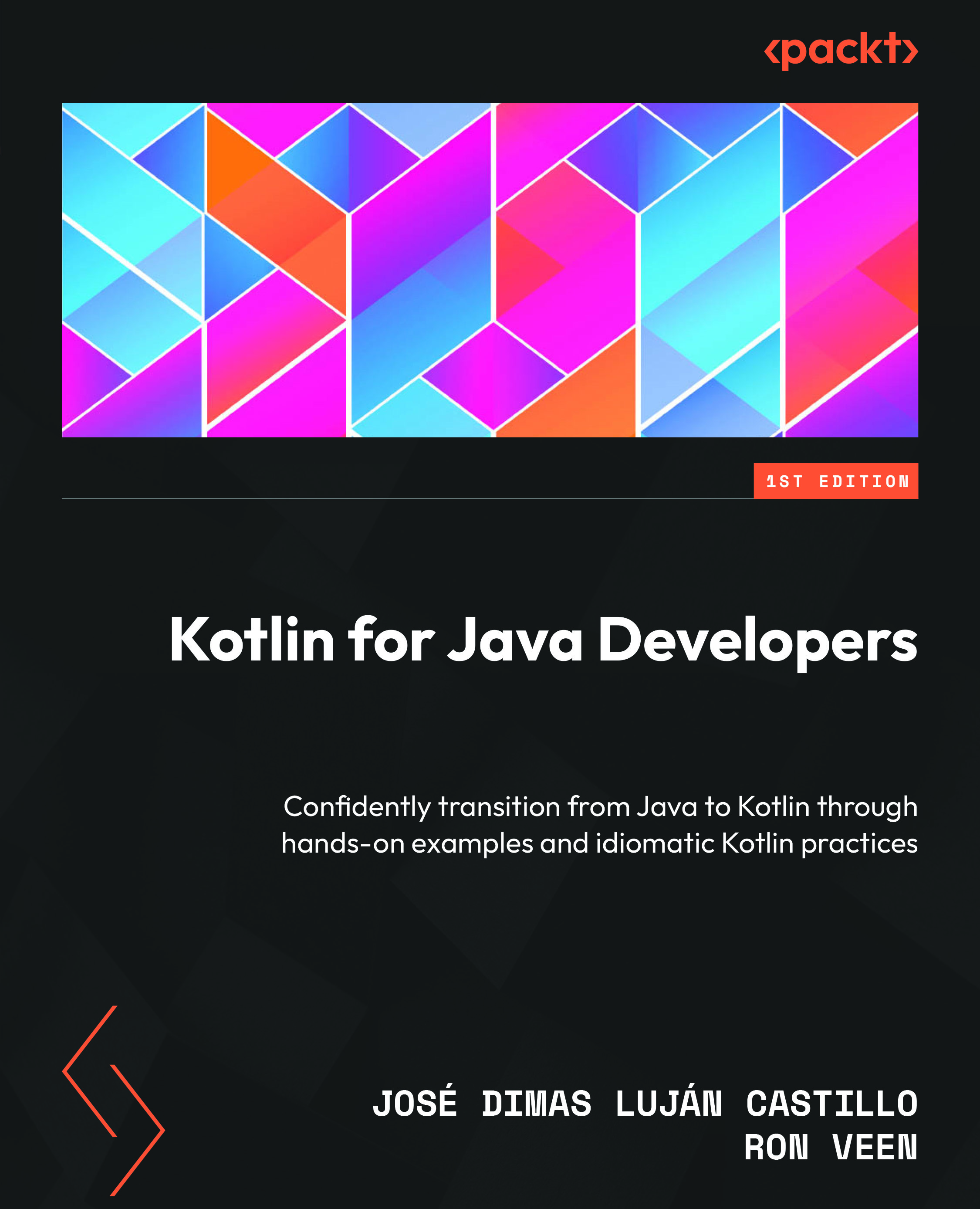Sealed interfaces
In Kotlin, sealed interfaces give us the ability to define a limited set of implementations, as with sealed classes, but with the advantage of focusing on behavior rather than shared state or properties. This is ideal for organizing type hierarchies that rely more on actions than common data.
For example, let’s say we’re still on the topic of books and we’re working on a book management system where user roles with the following profiles have different access levels: administrator, guest, and registered user. This is where sealed interfaces come into their own, as they allow us to model these differences in a clear, controlled, and secure way.
Here’s how they work and what they benefit from:
- Controlled hierarchies: All classes or objects that implement a sealed interface must be declared in the same file or, depending on the version of Kotlin you’re using, within the same package. This restriction ensures that...

































































